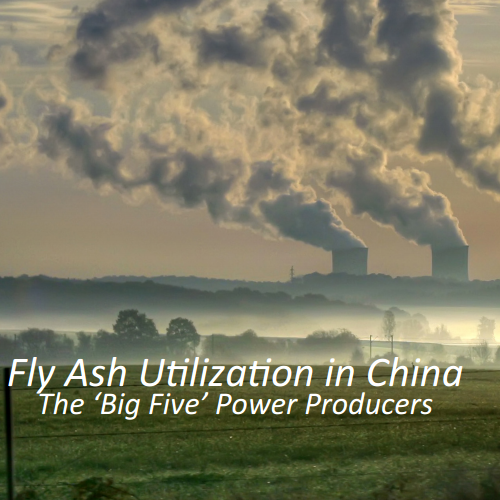Hot Topic: Alumina Extraction from Fly Ash
/Baotou, Inner Mongolia
Aluminium is widely used in transportation, packaging and building materials sectors, due to its resistance to corrosion. Alumina can be found in coal deposits all over the world including the US, India and China, the top three producers. Aluminium extraction however, is not a common practice in coal-fired power stations, as many struggle to justify the costs and energy costs. Inefficient systems have caused an obstacle for industry wide adaptation.
At this year’s Coal Ash Asia, in Baotou, Inner Mongolia, July 21-24, Industry professionals and researchers from around the globe will meet to discuss and share knowledge on Alumina Extraction. Discussions will explore energy and cost efficient extraction technologies, as well as international and domestic overviews from participating countries in our International Panel session.
Our annual industrial tour will take place at Datang International Renewable Resources Development Co., Ltd. The holding company, Datang Group is a “big five” power company in China. The company is operating the first and only commercial project of Alumina Extraction of Fly ash in China, with production capacity of 200 000 tons/a Alumina, and producing paper and building materials products. Among these by-products are cement and calcium silicate board.
China universities, including the China Building Materials Academy in Beijing, lead in research pertaining to fly and bottom ash a processing and utilization. Feedback from the international community from Coal Ash Asia 2016 supported notions that China is year’s ahead in terms clean energy technology.
Processing and treating ash from coal fired power stations to the building materials industry is new to countries like Ukraine. “ The only industry that uses fly ash in Ukraine is the cement industry, with no processing or treatment, we simply feed what we get from the power station to the plant,” Andrey Garanin, business development manager from United Minerals Group (UMG) in Ukraine. Mr. Garanin attended CAA2016 to explore alternative applications for ash. After a visit to CAA’s annual industrial tour in Shuozhou, Mr. Garanin cited that there are many possibilities for effective adaptation in Ukrainian markets for Chinese tech. “China could help guide Ukraine to clean, energy efficient building materials. The infrastructure is unlike anything we’ve seen in Eastern Europe.”
Check out our introduction page to find our more about Coal Ash Asia 2017, who else will be joining us, and what other tracks we will cover at this year’s event.
Read the Wood Mackenzie report on alumina extraction! (click here)
